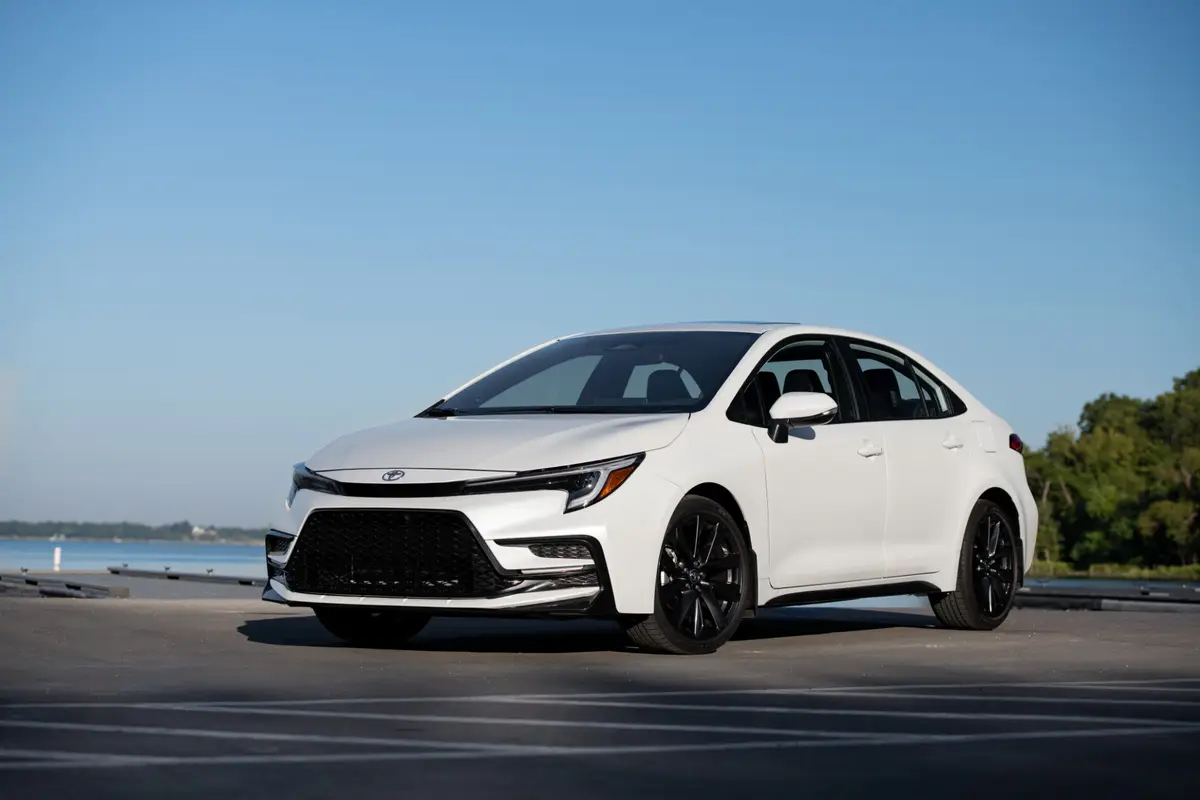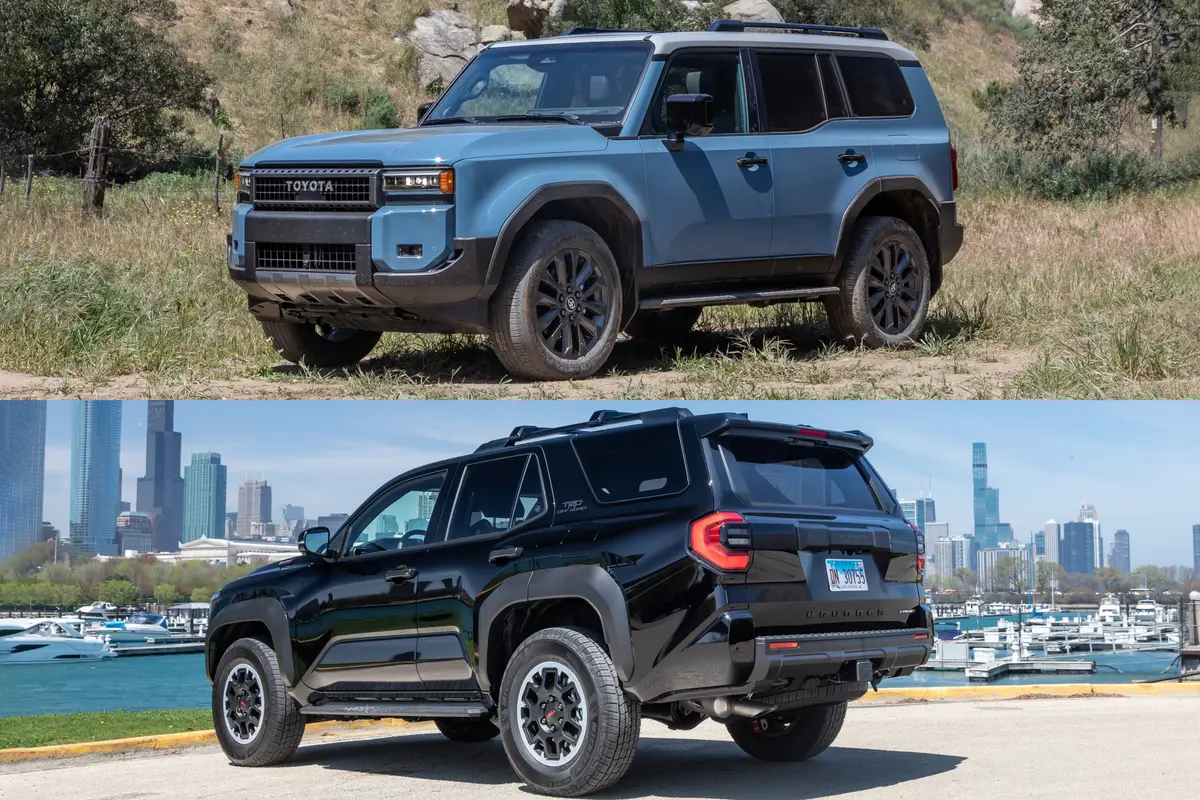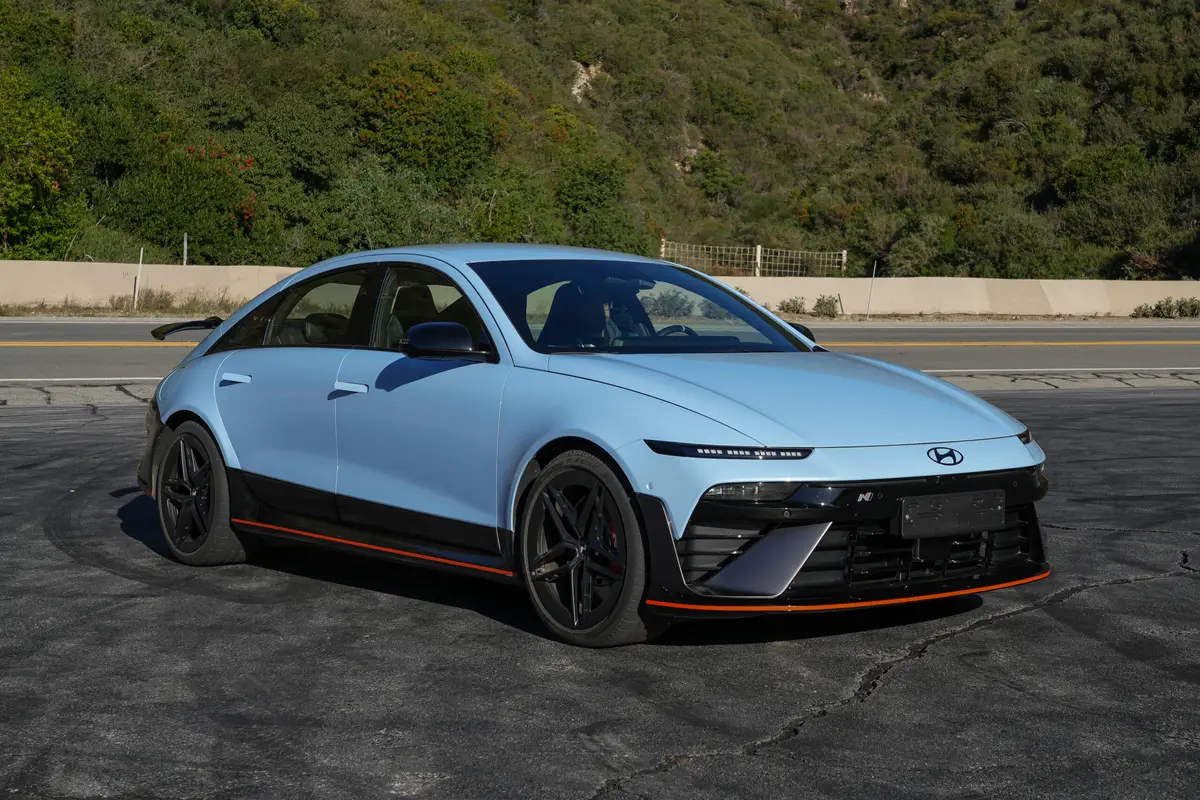Pricing Pressure Mounts as Sales Set to Soften in Second Half of 2025


Car shoppers heeded warnings of imminent price hikes due to the import tariffs and sent light vehicle sales off to a stronger first half of 2025 than the market has seen in years. But as inventory of pre-tariff vehicles started to shrink and prices on certain models began to rise, American buyers slowed their roll, according to data collected by Cars.com. New-vehicle sales in March and April were particularly strong, which has had the knock-on effect of also increasing used vehicle inventory. But now with new-vehicle inventory starting to shrink as automakers pull back on production and imports — plus the upcoming elimination of the electric-vehicle tax credit — the second half of the year is looking less robust for sales.
Related: Affordable Cars Under $30,000 Face the Biggest Threat From Trump’s Tariffs
The End Is Near: EV Tax Credit Ends Sept. 30
With the passage of the Trump Administration’s “One Big Beautiful Bill Act,” the official end of the federal EV tax credit has been given a date: Sept. 30. Shoppers have until then to receive up to $7,500 in tax credit for a qualifying new EV and up to $4,000 tax credit for a used EV. The credits have helped to make EVs more attainable for several years now by bringing down prices and payments to levels more in line with gas-powered vehicles.
It’s worked in this regard, with more than 50% of EV owners surveyed by Cars.com stating that the tax credit was a key reason that they chose electric power over gas. It’s helped to drive EV offerings by automakers, as well, with 72 electric models now available as of the first half of 2025 — a 38% increase in model availability compared to 2024.
But those EVs aren’t cheap: The average price of a new EV is about $65,000, some $16,000 more than the average price of a new gas-powered vehicle. The tax credit helped narrow that affordability gap, but it’s about to disappear; what automakers will do to help keep sales going in the absence of government help is unclear.
Tariff-Affected Prices About to Hit
Dealers went on an inventory push in the first half of 2025 to try and boost the supply of vehicles before tariffs took effect. But thanks to strong sales from people worried that prices were going to climb, that inventory has been used up — and pricing looks like it’s about to change. The average price for a new vehicle rose just $97 on average in the first half of this year, but that doesn’t reflect the country-of-origin changes that varied dramatically: Vehicles imported from the U.K. saw price increases of nearly $6,000, while ones brought in from the EU jumped by about $2,500 on average. Prices for Japanese imported vehicles rose just over $1,200, while those made in Mexico climbed $676. These were largely offset by vehicles built in the U.S., Canada, South Korea and China seeing average drops of $191, $704, $508 and $1,293, respectively, per vehicle. This allowed the average price for a new vehicle to remain around the $49,000 point for the first half of 2025.
The tariffs are set to continue to impact the affordability crisis in the auto industry in a few ways. The most impacted segment of the market affected by tariffs is the entry-level, budget-friendly segment (vehicles under $30,000). Only two vehicles in this segment are currently manufactured in the U.S. (the Toyota Corolla and Honda Civic). This is also currently the hottest-selling segment, with inventory dropping down to just 13.6% of available vehicles.
With high demand, consumers have looked to the used-car market, which is now seeing an inventory bump thanks to elevated trade-ins of lightly used, low-mileage vehicles that accompanied the boom in new-car sales in March and April. But that increased demand has sent prices up by 1.6% for used cars in the second quarter of 2025, and if new vehicles continue to be more expensive and less available, price relief in the used market may not be coming. Further evidence that overall affordability is under pressure is the fact that the hottest-selling segment in the used market are vehicles costing $20,000-$30,000.
More From Cars.com:
- Car Affordability Calculator – How Much Car Can I Afford?
- How Trump’s 25% Tariffs on Automobiles, Automotive Parts Will Affect You
- If Tariffs Increase Car Prices, How Else Can You Save Money?
- Here Are the 10 Cheapest New Cars You Can Buy Right Now
- Here Are the 10 Cheapest New SUVs You Can Buy Right Now
What Car Shoppers Should Know
There are two big takeaways from an analysis of the first half U.S. sales results and market trends that may affect shoppers in the coming months. First, the ending of the EV tax credits is already impacting automakers’ strategies for EV sales. There’s likely to be a push to get EVs cleared off lots and into customer hands, and we’re already starting to see some efforts for this with incentives like 0% financing or Honda’s latest Prologue lease in some regions: one payment of $3,899 plus $419 per month for 24 months. For buyers looking to snag an EV in 2025, the deadline to do so is now starkly apparent, and automakers are responding to it.
But automakers are also starting to pull back incentives in other areas, as evidenced by Ford switching from its employee pricing plan for everyone to a “zero, zero, zero” offer of 0% interest, zero down financing and no payments for 90 days. Bank interest rates are not falling on new-car loans, leading to increasingly long loan terms as shoppers try to adjust to higher prices. The impact of tariffs is likely to hit the lower, more affordable end of the new-car market disproportionately to the higher end, and combined with fast-moving used-car sales in the budget categories, affordability is likely to remain the biggest issue facing shoppers for the second half of the year.
Related Video:
Cars.com’s Editorial department is your source for automotive news and reviews. In line with Cars.com’s long-standing ethics policy, editors and reviewers don’t accept gifts or free trips from automakers. The Editorial department is independent of Cars.com’s advertising, sales and sponsored content departments.

Detroit Bureau Chief Aaron Bragman has had over 25 years of experience in the auto industry as a journalist, analyst, purchasing agent and program manager. Bragman grew up around his father’s classic Triumph sports cars (which were all sold and gone when he turned 16, much to his frustration) and comes from a Detroit family where cars put food on tables as much as smiles on faces. Today, he’s a member of the Automotive Press Association and the Midwest Automotive Media Association. His pronouns are he/him, but his adjectives are fat/sassy.
Featured stories



